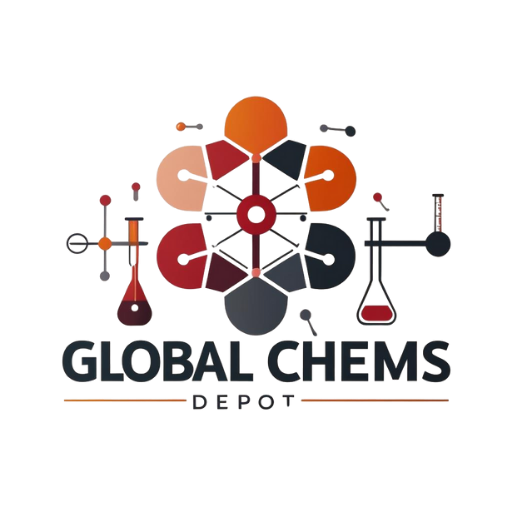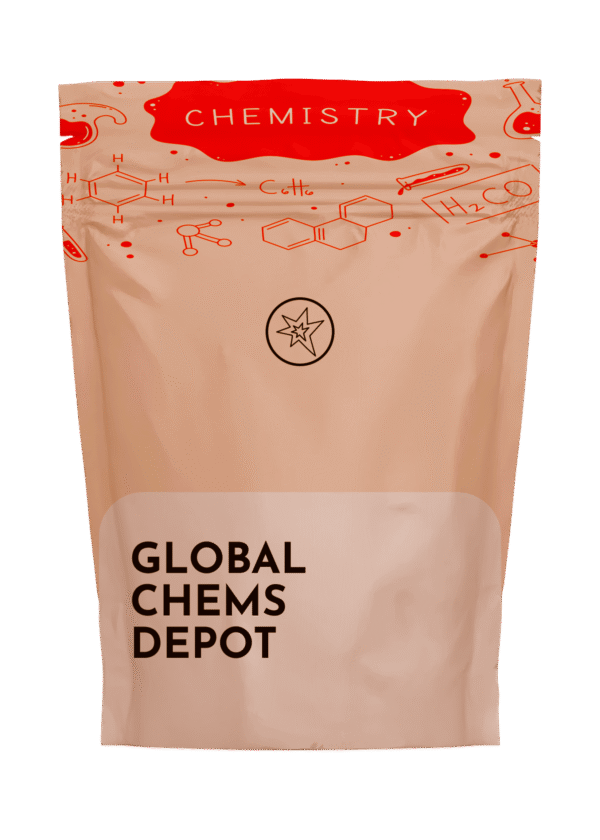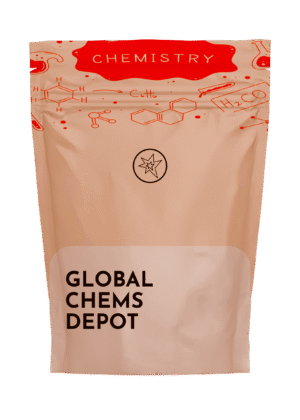Don't miss our holiday offer - up to 50% OFF!
2-MMC
Price range: $230.00 through $2,225.00
2-MMC (2-Methylmethcathinone) – High-Purity Research Chemical
2-MMC, or 2-Methylmethcathinone, is a synthetic stimulant belonging to the substituted cathinone class. It is structurally related to other compounds such as mephedrone (4-MMC) and 3-MMC. First identified in Sweden in 2014, 2-MMC has been reported in various European countries, including Poland and Spain
buy 2-MMC research chemical online: Structure, Properties, Research Insights
🧪 Introduction
2-MMC, or 2-Methylmethcathinone, is a synthetic cathinone compound that has become a topic of significant scientific and forensic research interest.
Belonging to the β-keto amphetamine family, 2-MMC shares structural similarities with compounds such as mephedrone (4-MMC) and 3-MMC, while exhibiting distinct chemical and analytical properties due to the methyl substitution at the 2-position on the aromatic ring.
Researchers in analytical chemistry, pharmacology, and forensic toxicology often study 2-MMC to explore its molecular structure, stability, and spectral characteristics under various laboratory conditions.
⚠️ Disclaimer: 2-MMC is intended strictly for laboratory research and analytical reference. It is not approved for human or veterinary use.
⚗️ Chemical Identity and Structure of high purity 2-MMC chemical properties
| Property | Detail |
|---|---|
| Chemical Name | 2-Methylmethcathinone |
| IUPAC Name | 2-(methylamino)-1-(2-methylphenyl)propan-1-one |
| Molecular Formula | C11H15NO |
| Molecular Weight | 177.24 g/mol |
| Chemical Class | Synthetic Cathinone / β-Keto Amphetamine |
| CAS Number | N/A |
2-MMC features a cathinone backbone, characterized by a β-keto (carbonyl) group adjacent to the amine, a configuration known to influence polarity, solubility, and chromatographic behavior.
The 2-methyl substitution on the phenyl ring introduces steric and electronic modifications that differentiate 2-MMC from its 3- and 4-substituted analogs, leading to unique analytical and chemical profiles.
🔬 Analytical Research Applications & 2-MMC structure
1. Chromatographic and Spectroscopic Studies
2-MMC is often analyzed using Gas Chromatography–Mass Spectrometry (GC–MS) and High-Performance Liquid Chromatography (HPLC) techniques. These methods are essential for identifying retention times, fragmentation patterns, and purity profiles of cathinone derivatives.
-
GC–MS: Determines volatility and fragmentation spectra.
-
HPLC: Assesses compound stability and separation efficiency.
-
FT-IR Spectroscopy: Detects characteristic keto, amine, and aromatic bonds.
-
NMR Analysis: Confirms molecular structure and substitution pattern.
These analytical datasets support the creation of reference libraries used by toxicologists and forensic scientists to identify cathinones in complex sample matrices.
2. Comparative Structural Analysis
In structure–activity relationship (SAR) studies, 2-MMC is compared against other substituted cathinones like 3-MMC, 4-MMC, and ethylone to observe how positional isomerism affects:
-
Hydrophobicity and solubility
-
Chromatographic retention time
-
Spectroscopic absorption bands
-
Thermal stability and decomposition pathways
Such comparisons are essential for developing more accurate analytical detection protocols and for building compound-specific reference databases used in forensic laboratories.
3. Stability and Degradation Research
2-MMC’s stability under varying temperature, pH, and light conditions makes it a valuable compound for controlled degradation studies.
Researchers analyze how the molecule behaves under oxidative, acidic, or thermal stress, documenting key degradation products that aid in forensic identification and sample dating.
⚛️ Spectral and Analytical Features: 2-Methylmethcathinone for sale
| Technique | Observation |
|---|---|
| IR Spectrum | Strong absorption near 1700 cm⁻¹ (C=O stretch) and 3350 cm⁻¹ (N–H stretch) |
| NMR Spectrum | Signals corresponding to methyl, methylene, and aromatic protons |
| Mass Spectrum | Fragmentation pattern showing loss of methyl and amine groups |
| UV–Vis Spectrum | Absorbance maximum around 275 nm indicating aromatic system |
These distinct features allow for precise spectral fingerprinting, enabling cross-verification of compound identity across instruments and labs.
🧠 Scientific Relevance and Research Context of lab tested 2-MMC analysis
2-MMC contributes to broader research efforts examining synthetic cathinones—a diverse class of compounds derived from cathinone, the active alkaloid in Catha edulis (khat).
In modern analytical research, 2-MMC serves as a reference for:
-
Developing detection methods in toxicology and environmental testing
-
Computational modeling of β-keto amine conformations
-
Forensic validation of analytical reference standards
-
Spectroscopic characterization of positional isomers
Its 2-methyl configuration makes it particularly interesting for computational and structural chemists modeling electron distribution, molecular geometry, and bond angle variations in substituted cathinones.
🧫 Laboratory Handling and Safety Guidelines of high purity 2-MMC chemical properties
As with all analytical-grade compounds, 2-MMC must be handled exclusively by trained researchers in controlled environments.
Standard safety measures include:
-
Conducting work in ventilated fume hoods
-
Wearing gloves, goggles, and protective clothing
-
Avoiding direct contact or inhalation
-
Labeling and storing samples in sealed, light-resistant containers
-
Maintaining logs for batch traceability and disposal
⚠️ All use should comply with institutional, legal, and safety regulations. Not for human or animal consumption.
⚖️ Legal and Regulatory Considerations to buy 2-MMC research chemical online
The legal classification of 2-MMC varies internationally. While it may not be explicitly scheduled in certain jurisdictions, many regions regulate synthetic cathinones as controlled substances or analogs.
Researchers and institutions must:
-
Verify national and local regulations before handling or import
-
Maintain detailed documentation for compliance purposes
-
Restrict access to authorized laboratory personnel
-
Follow chain-of-custody protocols for all analytical materials
Understanding and adhering to these frameworks ensures that all research remains ethical, compliant, and scientifically valid.
🧩 Interdisciplinary Research Importance of 2-MMC structure
The analytical exploration of 2-MMC connects several scientific fields:
-
Analytical Chemistry: for chromatographic and mass spectral profiling
-
Forensic Toxicology: for detection and identification in biological matrices
-
Organic Chemistry: for studying β-keto and amine reactivity patterns
-
Computational Chemistry: for modeling molecular dynamics and energetics
This cross-disciplinary relevance keeps 2-MMC at the center of ongoing research focused on synthetic compound identification, isomer differentiation, and method standardization in laboratories worldwide.
🧾 Conclusion to buy 2-MMC research chemical online
2-Methylmethcathinone represents a key focus in modern analytical, structural, and forensic research. Its unique molecular arrangement and position-specific methyl substitution provide rich opportunities for chemical modeling, spectral analysis, and comparative cathinone studies.
By deepening our understanding of how small molecular changes alter physical and analytical behavior, lab tested 2-MMC analysis helps bridge the gap between organic synthesis, forensic detection, and analytical method development.
Through continued research within compliant laboratory environments, this compound remains an important reference material in the scientific investigation of synthetic cathinones and their structural relationships.
| QUANTITY | 25G, 50G, 100G, 250G, 500G |
|---|



Reviews
There are no reviews yet.